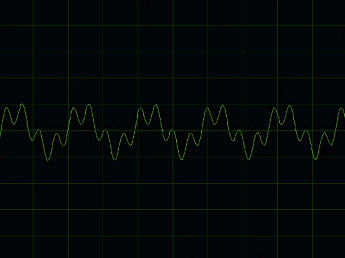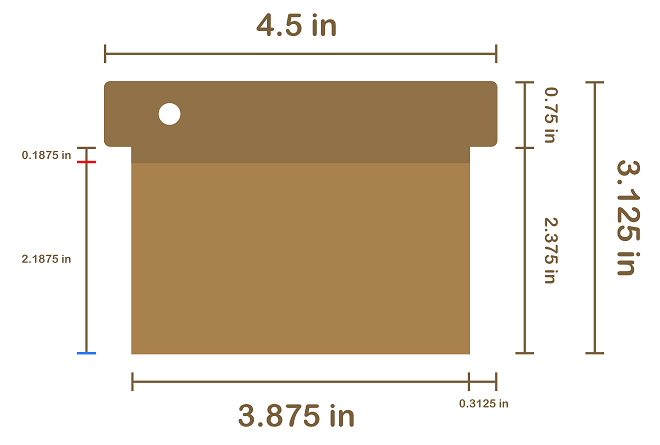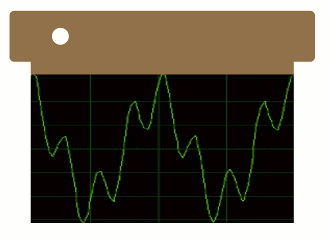So you bought your first Nintendo LABO kit, carefully folded each cardboard key and button into shape, and now you have... a toy piano?
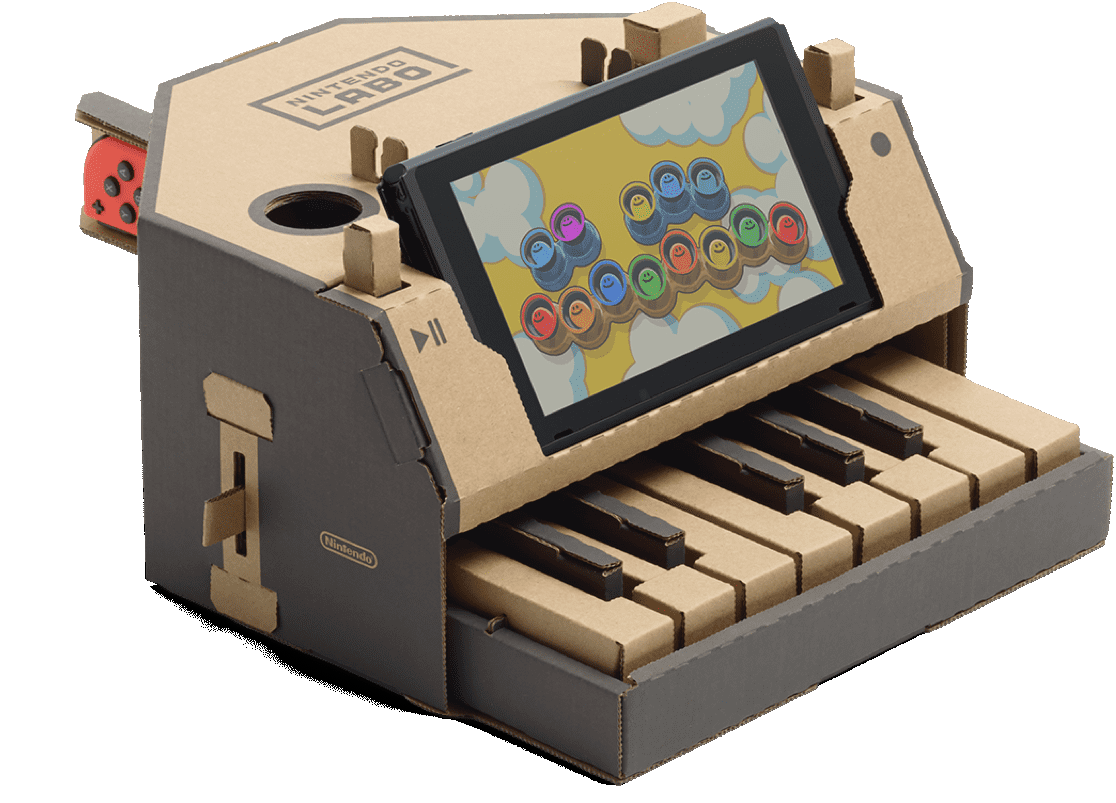
I guess that's cool... but what else can it do?
With a little patience and a 3D-printer, you can capture any periodic waveform in a waveform card, scan it into Nintendo LABO, then use your new instrument to create music.
I started by making cards based on simple waveforms such as pulse, triangle, and sine waves, but then realized I might be able to capture other instruments - a pipe organ and a clarinet for example.
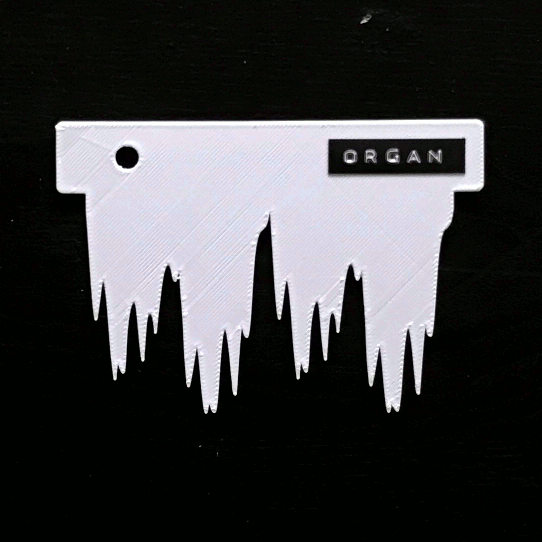
Determined to push things even further, and seeking to bring the whole "Nintendo" thing home, I sampled instruments from various Super Nintendo games and used them to make 4 more cards.
And, for whatever reason, I couldn't stop there.
I decided to make 5 more cards based on the 5 vowel sounds.
By layering these sounds, I was able to (very roughly) approximate human speech.
3D-printable .STL files as well as laser-cuttable .SVG files for all 18 cards are available in the download section of this page.
 Hunter Irving
Hunter Irving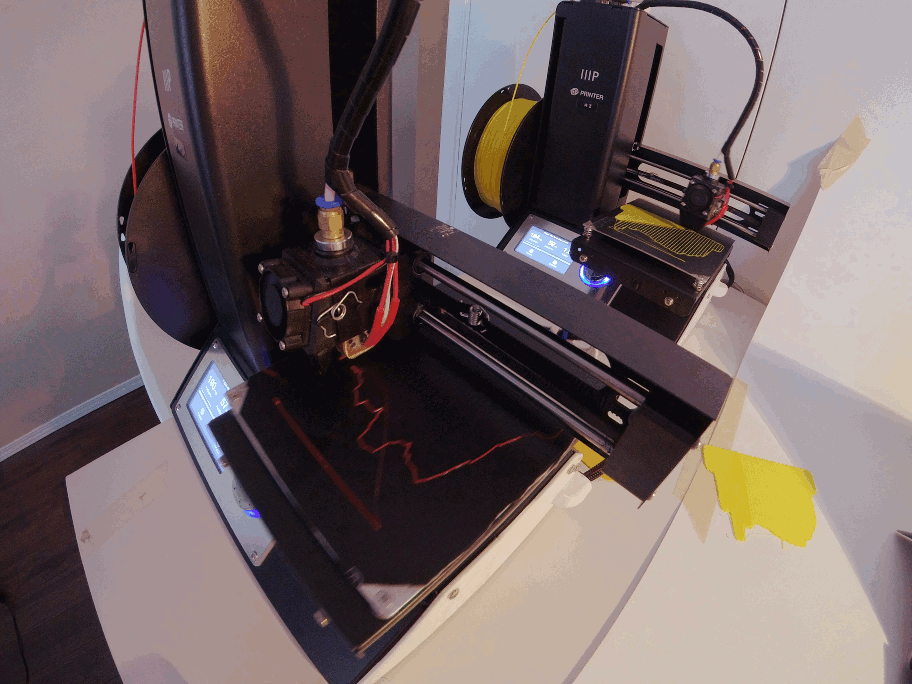
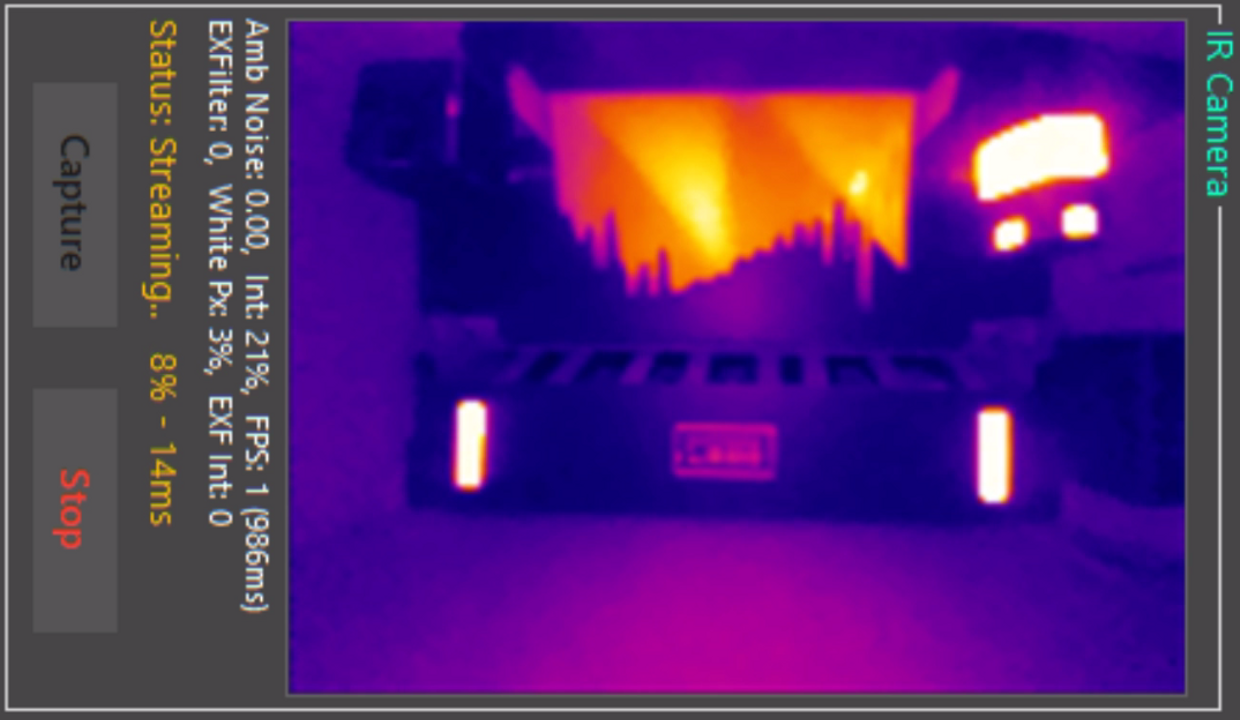
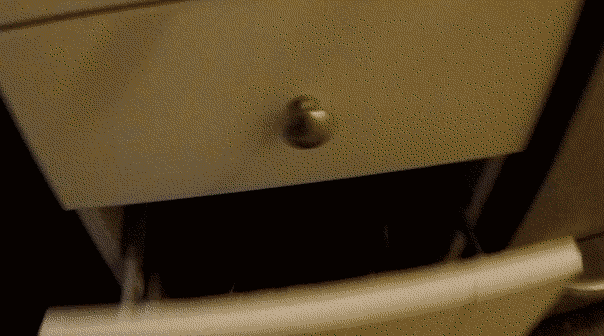


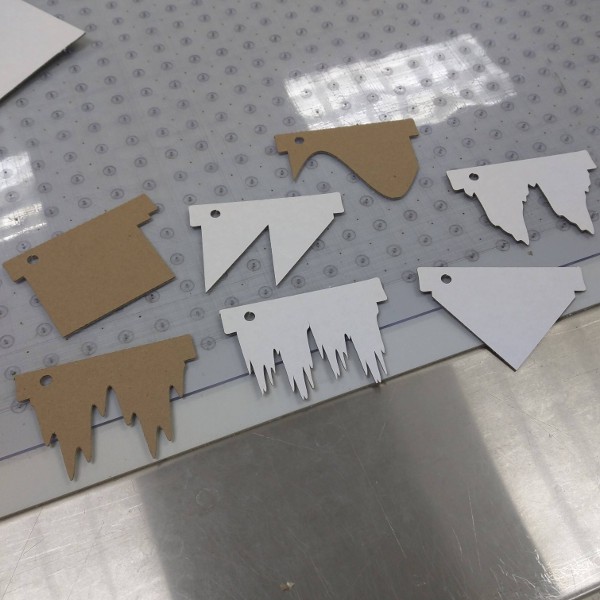
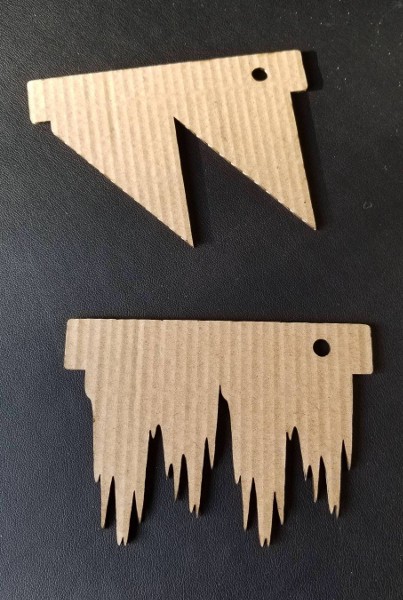
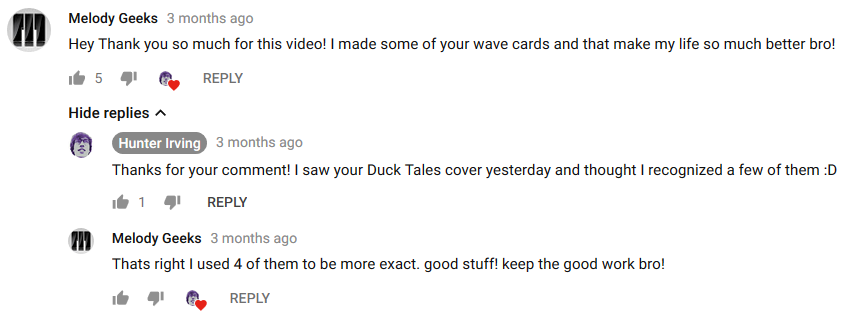 Bigtime YouTube channel Melody Geeks even used a few of them in some of their LABO cover videos.
Bigtime YouTube channel Melody Geeks even used a few of them in some of their LABO cover videos.